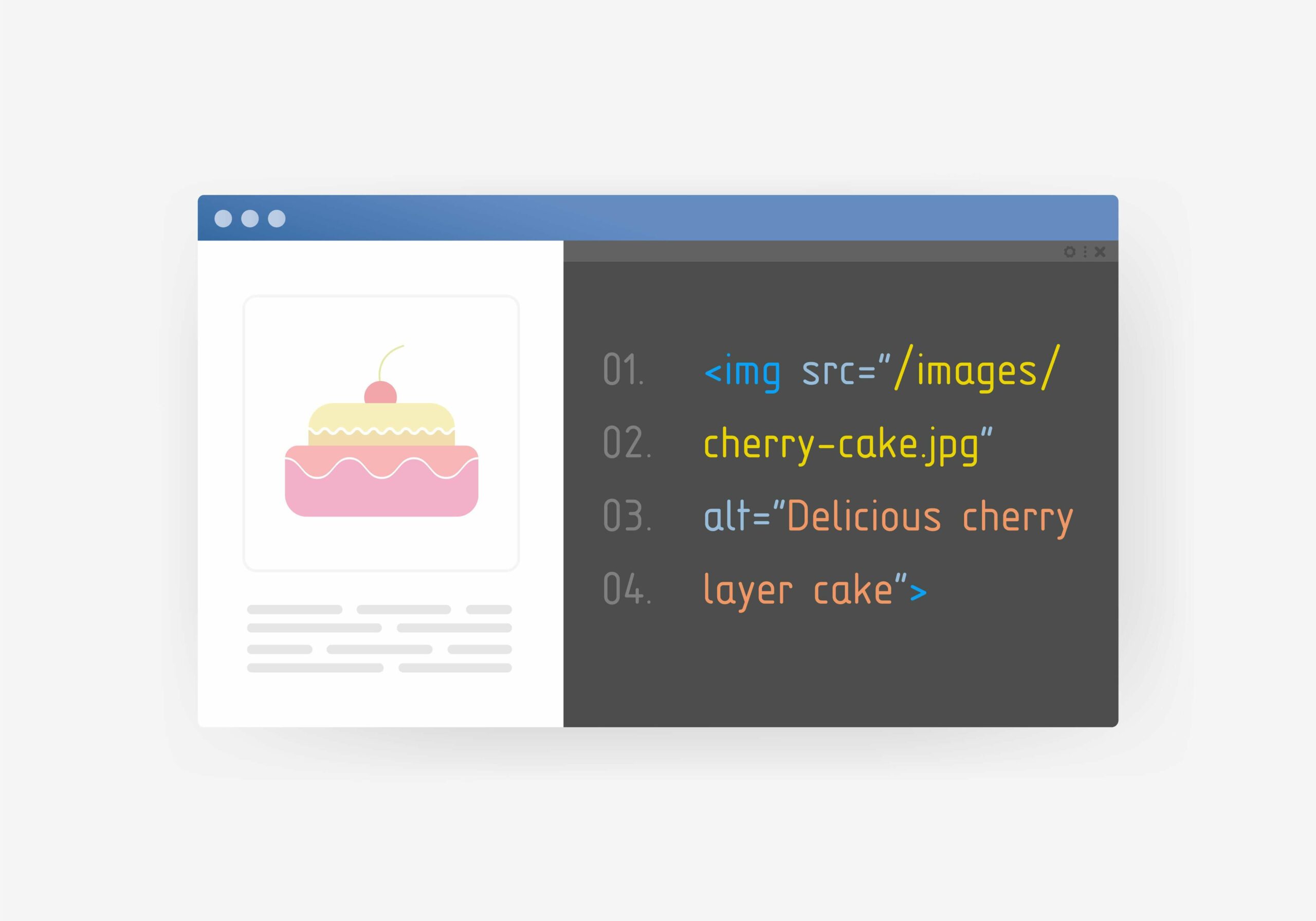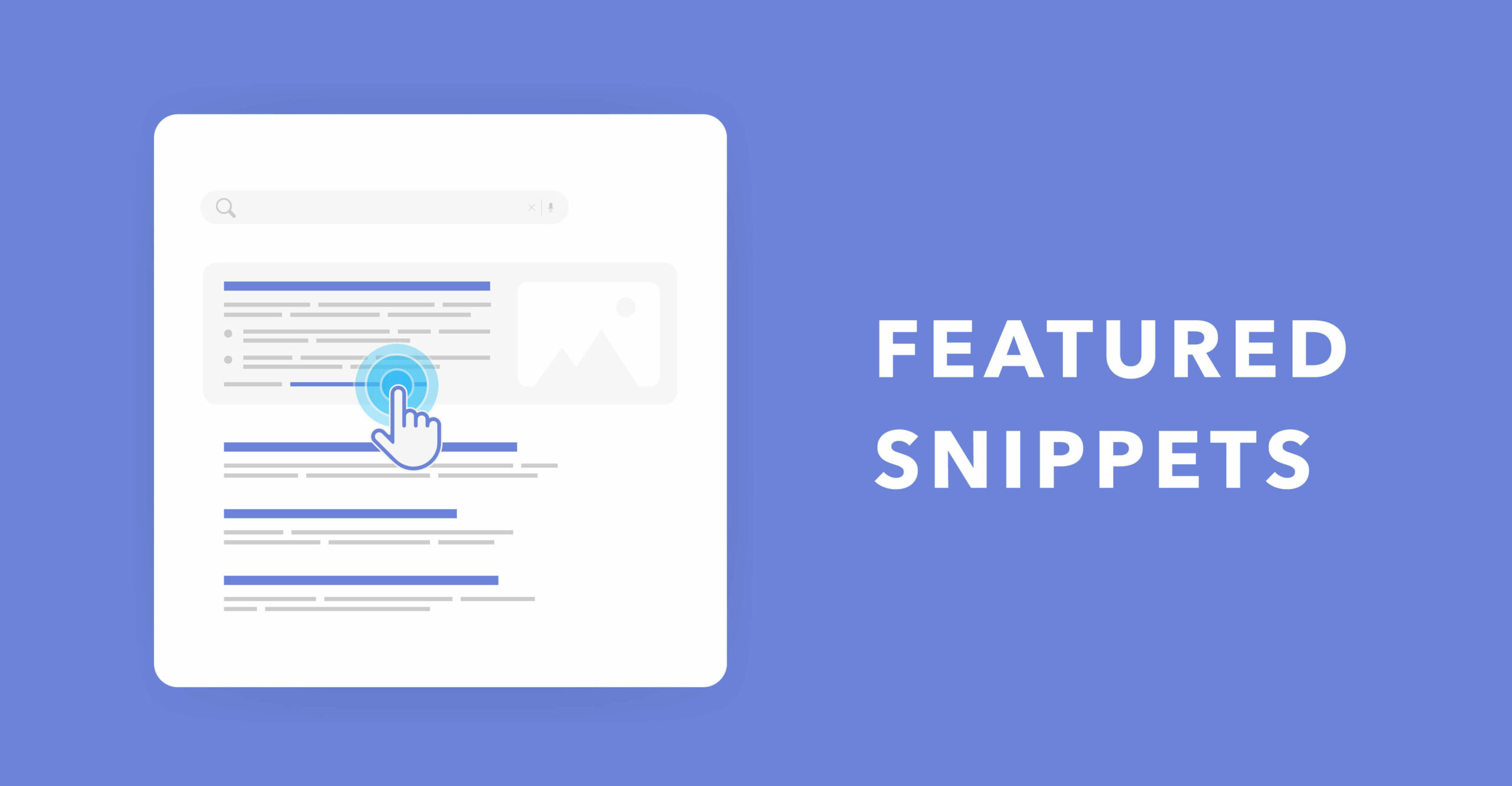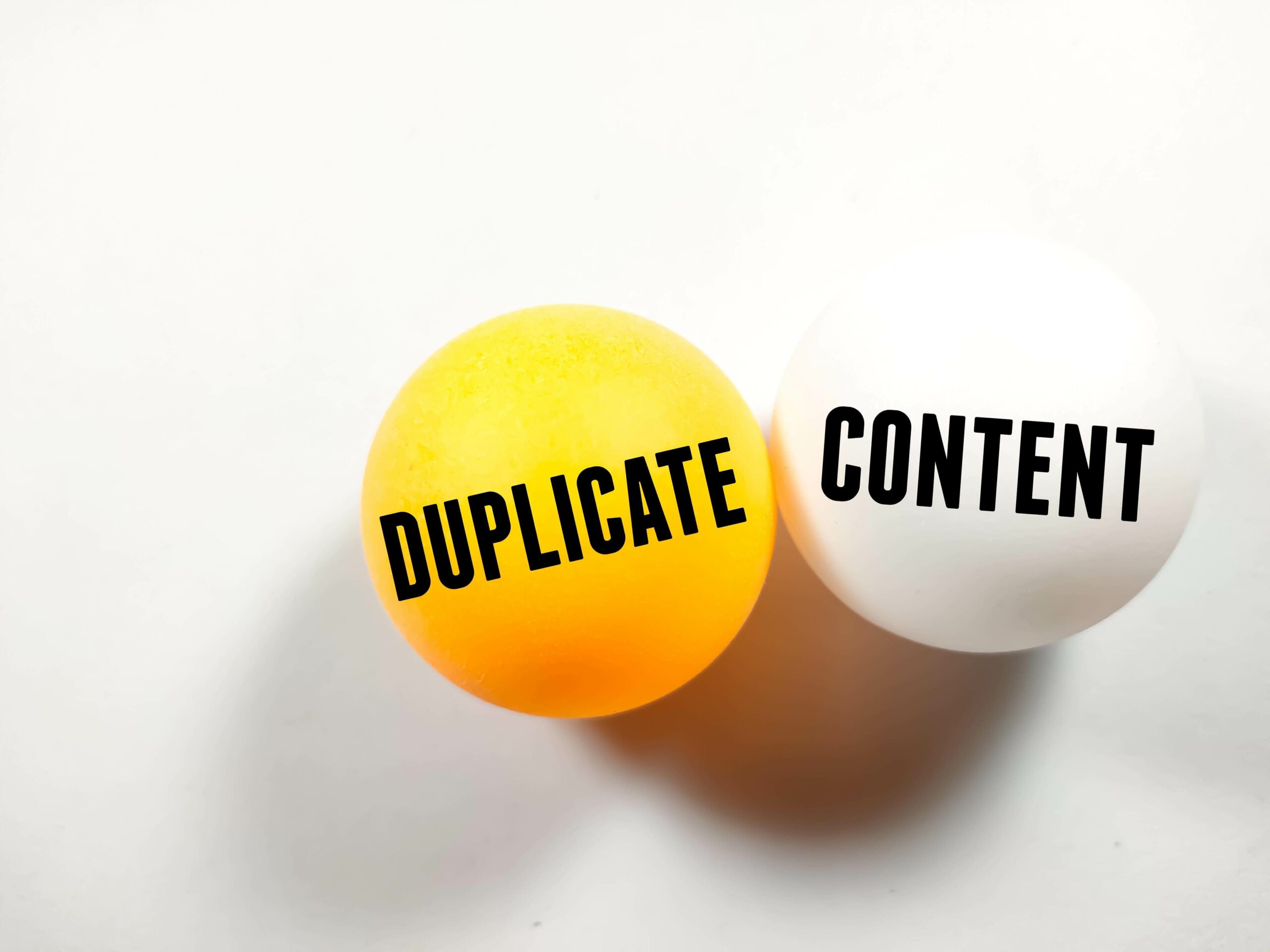Want higher search rankings without expensive ads? You need to bake SEO into your website’s DNA from day one.
Over half of all website traffic flows from organic search. Yet without technical SEO built into site architecture, you miss out on these free visitors. It’s exponentially harder to bolt SEO onto an existing site versus optimizing early on.
This article explores exactly why SEO web design matters right from the start. You’ll discover key site elements to optimize, from page speed to navigation UX to source code. Follow core web development best practices, and your new website will magnetize qualified visitors through coveted organic search results.
The earlier you collaborate with SEO pros to boost on-site factors search engines value, the faster high-quality traffic and conversions compound long-term. Ready to build an SEO-friendly site that ranks? Let’s dive in.
What Is SEO Web Design?
SEO web design process refers to creating a website focused on attracting visitors. Specifically, you optimize website architecture, code, and relevant content to improve search engine rankings and earn more traffic.

SEO design also considers behind-the-scenes technical factors that search engines use to understand and rank sites. These include site speed, mobile responsiveness, quality links between pages, structured site data search bots rely on, smart URL structures, and more.
The goal is to holistically align your website’s development with proven SEO best practices. This creates an organic search traffic magnet primed to rank well in the long-term by catering directly to what Google wants to see in top-performing sites.
Why Is SEO Important in Web Design?
Implementing SEO principles in your website's design delivers tangible benefits:
SEO Web Design Boosts Organic Traffic
SEO web design helps you rank higher in search engines, funneling in targeted visitors to complement your marketing. This traffic is free and sustainable over the long-term as rankings improve.
SEO Web Design Enhances User Experience
Faster load times, readable content sections, simple IA navigation flows, and responsive designs create smooth site interactions that keep visitors engaged. Good user experience improves conversions.
SEO Web Design Future-Proofs Traffic Against Algorithm Shifts
Google's algorithms evolve to reward technically sound, mobile-friendly sites. Baked-in SEO web design ensures your site architecture aligns with the latest best practices.
Incorporating SEO principles into responsive web design takes little extra effort yet yields exponential organic growth and visibility gains in the long run.
The 11 Elements Of SEO-Optimized Web Design
Now that you understand why SEO web design matters, let’s find out how you can improve your website. Make search engine optimization your top priority throughout the web design process and implement these essential elements as smooth as possible.
Google uses hundreds of factors in its search algorithm to determine a website's ranking. It's almost impossible for any web designer to consider them all. However, you can start with these 11 elements to rank your pages:
Mobile Responsiveness
With almost 60% of searches happening on smartphones, designing a mobile-friendly website is mandatory for page SEO. If your website doesn't adapt well to smaller screens, Google will penalize you in rankings.
Here's how to ensure your website is responsive across devices:
- Implement responsive and search engine friendly website design using a flexible grid system that reflows layouts for phone, tablet and desktop views. Test the adaptive layouts thoroughly.
- Size page elements like text, images, buttons and navigation menus responsively using relative units, so they resize fluidly across viewports without overflow issues.
- Check forms and interactive elements like dropdowns, accordions, modals and videos function seamlessly on mobile devices. Tap targets should be large enough for fussy fingers.
- Enable pinch and zoom capabilities for images/text if mobile users need desktop-level control at times. But design mobile-first, minimizing need to manually zoom.
Following core UX principles tailored to smaller screens and thumb use cases pays dividends through improved mobile search visibility and engagement.Website Speed
Fast page load speeds enhance user experience and search visibility. Follow these tips to improve website speed:- Compress file sizes and enable lazy loading to quicken visual content display. Use next gen formats when possible.
- Minify JavaScript/CSS. Clean up code bloat slowing page rendering. Enable compression for faster resource delivery.
- Prevent render-blocking issues by deferring offscreen animations, web fonts and socially-shared widgets without visual impact.
- Load scripts dynamically on user interaction versus all at once to distribute server requests.
- Store static resources in memory through caching plugins to eliminate unnecessary resource retrieval round trips.
Regularly monitor site speed KPIs using PageSpeed Insights or web vitals analytics. Faster websites engage visitors better and tend to outrank sluggish competitors.Content Readability
Crafting scannable, engaging content helps visitors quickly extract information and keeps them on site longer, signaling value to search bots. Optimize readability with these tips:- Chunk content into short paragraphs around five sentences focusing on a single idea using basic language.
- Use informative subheadings, questions, and transitions between sections to orient readers.
- Insert relevant images with optimized alt text and videos to reinforce complex topics visually.
- Use active voice and conversational wording to craft expressive copy that sounds like an expert explaining concepts to a friend.
- Link important keywords and related internal resources to support natural linking and discovery.
Enhancing content scanability, coherence and formatting keeps visitors engaged, ultimately improving dwell time metrics vital for SEO.Sitemaps
XML sitemaps outline all the pages on your site for efficient crawling and indexing by search engines:- Submit sitemaps directly to Google, Bing and other engines so they know which URLs to prioritize without relying solely on internal links. This expands visibility faster.
- Generate a full sitemap of all site pages as well as separate sitemaps for images, videos and other media assets to maximize inclusion.
- Set appropriate URL priority tags in sitemaps so search bots focus on harvesting pages with more value for users first.
Properly architected sitemaps serve as a roadmap leading search bots directly to your best content while eliminating reliance on manual discovery.Alt Tags
Alt text attributes describe non-text web elements like images, graphics and logos for search bots and visually impaired visitors:- Manually add descriptive alt tags to all visuals, including company logo. Avoid overly generic phrases like 'graphic' that lack context.
- Use target keywords where applicable while keeping alt text under 125 characters. Focus on accuracy over keywords if forced to choose.
- Alt text should summarize visual elements sufficiently on their own without surrounding content for context.
- Check images missing alt text using site audits and inline CSS/HTML validators to identify gaps.
- Set null blank alt tags on purely decorative graphics not adding contextual value to web copy.
Crafting strong alt text is a quick SEO win that improves site accessibility. Ensuring all visuals contain useful descriptive tags enhances organic content visibility and retrieval.Site Navigation
Intuitive site navigation enhances visitor flows while providing crawlable linkage between pages:- Structure main menus using descriptive, keyword-rich categories tailored to your content focus and information architecture. Include logical dropdowns as needed.
- Link relevant related content internally using contextual anchor text to highlight connections for both visitors and search bots crawling links.
- Implement breadcrumb trails above page folds clearly showing section traversal across the site to orient users on deep pages.
- Place calls-to-action (CTAs) including contact, pricing or demo request links consistently in site headers/footers to facilitate access.
- Analyze site search queries for unmet informational needs or confusing architecture issues that navigation improvements can resolve.
Effortless user flows between pages boosted through streamlined, SEO-enhanced menus and contextual internal connections guide visitors to conversion goals faster.Image File Names
Why simply label photos with numbers like 'image487.jpg' when you can leverage descriptive file names for enhanced SEO context? For example:- dogs-playing-fetch.jpg
- 10-financial-planning-tips.png
- small-business-team-meeting.jpg
Optimized image names tell search engines about visual contents at a quick glance. Avoid one-word names or generic labels lacking specifics. Include relevant surrounding keywords naturally as you summarize what the image displays and its purpose on pages contextually.Like strong image alt text, file names reinforce and connect topics website visitors and search bots are digesting as supplemental cues. Descriptiveness sparks deeper understanding – guiding visitors better while reducing content ambiguity for improving rankings.
Meta Tags
Page-level HTML meta tags power crucial SEO infrastructure—effectively each page’s “first impression” in search engine results pages (SERPs).Craft unique title tags under 60 characters that grab attention.
Ex: 'Small Business Consulting Services - Growth Strategy'
Write site-specific meta descriptions 155-160 characters summarizing page contents to boost click-through-rates.
Ex: 'Our expert business consultants leverage data-driven growth strategies tailored to small business success...'
Populate custom open graph tags for social media sharing enhancement.
Ex: '<meta property='og:image' content='share-image.jpg'>'

These metadata labels enable glimpses into pages before clicking. Make every tag count by front-loading irresistible page essence bound to attract engagement. Spend time perfecting page titles and descriptions - these SEO elements make or break traffic growth through higher search engine rankings and click-through rates (CTRs).
URL Structure
Optimized page URLs attract more search clicks and direct organic traffic by clearly communicating page content focus:- Use brief, hyphenated phrases with important keywords upfront (e.g., example.com/running-shoes-reviews).
- Avoid overly long, generic paths lacking specifics (e.g., example.com/footwear/product21321)
- Prevent convoluted subfolders, parameters or random strings from cluttering simplicity (e.g., example.com/shop/running/product21321?variant=blue).
- Create 301 redirects to forward old ineffective URLs to new streamlined paths signaling value simply.
Well-structured URLs almost serve like mini-metadata, giving visitors and bots a content snapshot before clicking in. Monitor search click behavior to identify suboptimal paths missing opportunities to convert more traffic through URL optimization refinements.Crawlable And Indexable Content
Ensure search spiders and bots can efficiently crawl and index your most important website pages through sound technical SEO:- Interlink contextually relevant site pages using targeted anchor text so search bots better understand conceptual connections and content associations.
- Focus crawl budget allocation on high-quality, regularly updated pages - gateway content sections, blog posts, new products - rather than thin pages.
- Implement XML site maps outlining important pages search engines should prioritize rather than discovering everything through internal links alone.
- Consolidate near-duplicate content or doorways pages into canonical versions using 301 redirects to avoid diluting page authority.
- Craft unique title tags and meta descriptions for each page to signal differentiated value across the site's content ecosystem.
Guiding search bots efficiently to your best pages using clear signals saves them effort while expanding index coverage and rankings potential.Rich Snippets
Snippets refer to optimized page elements including title tags, meta descriptions and image alt text that search engines showcase in results to preview site content. Compelling snippets inspire more clicks.
To enhance snippets:
- Craft SEO title tags focused on primary keywords you want associated with each page while summarizing overall value clearly.
- Write site-wide meta descriptions using conversational messaging around 160 characters to appear approachable and personable to searchers.
- Ensure image file names and alt text align contextually with surrounding page copy through descriptive keywords for added relevance.
Keep testing snippet iterations and changes in search console to determine which keyword themes and descriptive messaging best resonate with your target audience for improving CTRs over time. Enticing snippets pave the way for higher conversions.
Common Problems
Even websites closely aligned with SEO best practices can develop issues over time that inhibit search performance if left unchecked. Stay vigilant against these common problems that compromise rankings when overlooked:
Duplicate Content
Having multiple pages on your site targeting the same keywords with identical or barely edited content splits authority and risks search engines only ranking one version. This dilution limits reach. You have consolidation options:
- Implement 301 redirects to forward duplicate pages into a single, definitive URL version. Direct relevance signals into one page for improved rankings potential.
- Add rel="canonical" tags to indicate the primary, preferred page out of similar versions you want indexed when duplication exists. Point significance to one URL.
- Customize title tags, headers, and meta descriptions to differentiate pages around unique angles despite similar themes. Reduce overt copying through page customization.

Carefully audit site architecture for replication issues. Look for repetitive categories, blogs or service pages tailored to the same keywords. Distill messages into dedicated web pages focused on distinct topics and conversions to shine in search results rather than continue dilution across redundant paths.
Botched Canonical URLs
Misconfigured rel="canonical" tags failing to point to the correct URLs intended cause major indexing issues:
- Typos or case sensitivity mistakes mean tags redirect bots to irrelevant pages not optimized for target keywords. This limits rankings for preferred content and keywords.
- Links directing to deleted, outdated or unavailable landing page paths result in crawl errors and failed page indexing.
- Tags pointing the wrong direction into inferior duplicate pages rather than the definitive web page for a topic dilutes authority and relevance signals.
Carefully audit existing canonical tags site-wide to check:
- Live page functionality without broken links or errors
- Accurate case-sensitive paths matching intended URLs
- Proper authority flow pointing into main pages for given subjects rather than less optimized copies
Routinely double-checking canonical tags preserves website coherence for bots, preventing diversion away from key pages you want associated with valuable search terms.
Final Thoughts
Rather than playing catch-up by tacking SEO onto complete websites as an afterthought, prioritize optimizing foundational architecture from day one of development. Purposeful SEO web design compounds organic growth and traffic exponentially over time.
Let your site’s solid mobile-friendly web design give you an edge on the competition for sustainable rankings success. Think long-term visibility. Think search engine optimisation in every design choice.
